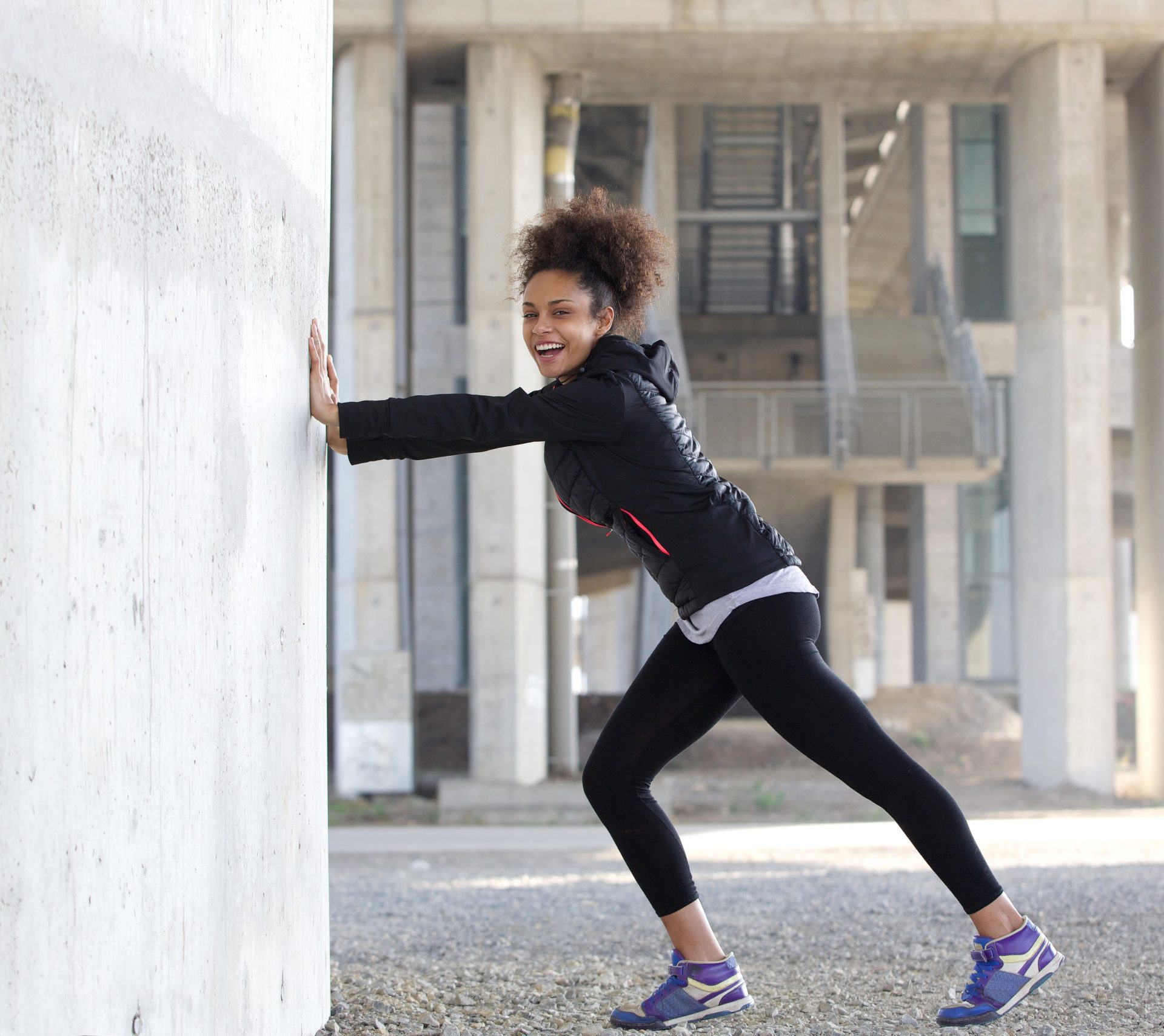Why you’re getting ankle pain during lockdown runs
Don’t just accept sore ankles as a side effect of lockdown running. Here’s how to prevent sore joints and injury.
While those who aren’t runners might screw their noses up at the thought of huffing and puffing through pain for half an hour in the cold, those who love the sport will tell you that the endorphins far outweigh the struggle. In fact, it’s given many people a much-needed goal to get through lockdown, pushing through runs to smash their speed or distance PBs.
Except it’s important to know when to use mind over matter and when the pain is real. While there’s no harm in getting the odd stitch, and a good warm-up and cool-down should get rid of your post-run hip pain, aches and injuries shouldn’t just be accepted as part of the hobby.
You may also like
Knee pain after running: a guide to why you get it and how to treat it
“For some runners, pain and injury can feel inevitable, but this shouldn’t be the case,” says Alex Parren, running coach from fitness and physiotherapy equipment store Meglio. “Any pain when running is most certainly a bad sign and should not be ignored.”
It’s particularly true when talking about our lower body joints, such as our ankles, as “along with other joints such as the hips and knees, the ankles take a lot of stress during running which can lead to pain when not managed properly,” says Alex.
Why do you get sore ankles after running?
The most common cause of ankle pain is overuse, particularly without proper recovery and support. “When we run, the lower half of the body has to absorb a weight that is multiple times our own body weight, which can cause a lot of stress and strains. Thankfully this is nothing too serious and, with proper rest and rehabilitation, can go away by itself,” Alex says.
However, other causes of pain could be from “instability due to biomechanics, tendinitis, sprains, or a stress fracture,” she says. “Many people also run in unsuitable shoes or don’t do the necessary stretching and strength training needed to run pain-free.”

How to prevent ankle pain when running?
Overuse injuries don’t always mean you have to stop using the joint entirely. Instead, it means that they need to be strong and flexible enough to withstand all of that extra training. Remember the basics, such as stretching on a daily basis and doing a proper warm-up before running. You also need to ensure that you’re strength training alongside your cardio work so that the muscles, joints and tissue can take the heavy load during your runs.
“Weak muscles can lead to overpronating (when the weight passes through the outer edges of the foot), which means you will be more likely to get injured and feel ankle pain while running. The body works as a chain, so imbalances, tightness and weaknesses higher up – such as in the glutes or hips – can actually present as pain lower down the chain such as in the knees or ankles,” Alex says.
She suggests incorporating resistance band work into your strength and conditioning routine to fire up “lazy or inactive muscles”, which should mean that your ankles are better supported.
You may also like
Strength training for runners: how weight training can improve your running
“Another important aspect of your training routine should be foam rolling, particularly of the calves, which you would ideally do every day. Foam rolling is a proven way to release tight muscles, improve blood flow, and prevent injuries. By releasing tightness higher up in the leg, your ankles won’t overcompensate,” she adds.
You may also like
How to use a foam roller for warm-ups and muscle recovery
How to treat ankle pain after running
If you’ve been warming up and working on strength but still get ankle pain, rest is the most crucial step. “If you do feel a niggle or pain, assess the level of pain and rest to allow your body to recover. If it is only a dull ache, stretching along with rest and rehabilitation should do the trick. However, if it is a sharp pain that travels to other parts of the foot and leg, make sure to stop running immediately as it could lead to a more serious injury,” says Alex.
If the pain described is sharp and unmanageable, make sure you talk to your GP or a physiotherapist who can help deal with your injury properly.
Follow @StrongWomenUK on Instagram for the latest workouts, delicious recipes and motivation from your favourite fitness experts.
Images: Getty
Source: Read Full Article
